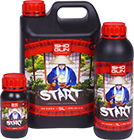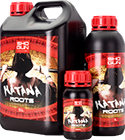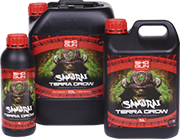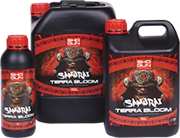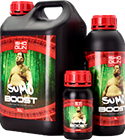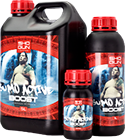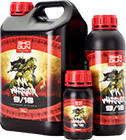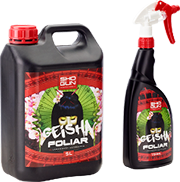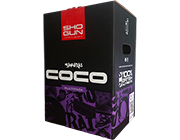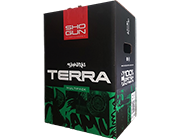5 Type of Growing Systems
5 Type of Growing Systems
Drip Irrigation systems
Dripper systems pump the nutrient solution from a reservoir, or nutrient tank, through tubing and literally drip water into the top of the pot. Recirculating systems collect the run off and reuse it. Plenty of systems require an electric pump, but some are gravity fed. You can set the system to a particular feeding regime through the use of timers.
Media: Theoretically, almost anything can be used as a growing medium with a dripper system, but if you’re using a recirculating system anything small or loose can get into the system and potentially clog it up. There are fixes to this; sleeves, sheaths or socks that act as a filter, but having a strong element of clay pebbles in the mix will go a long way to preventing the problem.
Drip irrigation systems are arguably the most easily automated systems – they’re particularly favoured by commercial growers. Automation can breed laziness; a recirculating system can spread disease and viruses right across a system, so it’s important keep it clean and regularly check your system.
Gravity Fed systems
Sometimes called bottom-fed systems, these systems use gravity to feed nutrients into a tray at the bottom of the pot. A valve automatically regulates the flow of water depending on how much the plants use. To be honest, these systems are more often called Autopot systems, because Autopot has led the way in their design and utilisation.
Media: particularly popular with soil growers, much like dripper system, gravity fed systems can be used with almost any medium. Autopot provide ‘PotSocks’ and plates that keep the system clear from blockages exceptionally well.
Gravity fed systems are far and away the least labour intensive and the cheapest to run system available on the market. Again, it’s important to not let laziness set in; regularly check your system for any problems. The key here is to get everything set up in good time; prep the system before you pot your plants and remember to set your tank higher up than your system – that’s how gravity works!
Flood and Drain
Also called Ebb and Flow systems, they alternate between flooding the root zone with a nutrient solution, then draining it away to oxygenate the roots. Particularly popular with the DIY crowd, these systems use an electronic pump. Tinkering with feeding regimes often become an artform – but you can buy ‘bucket brains’ with some systems that do the thinking for you!
Media: You’ll need a relatively heavy medium that won’t float, but still holds air. Perlite and clay pebbles are often in the mix, as is gravel in some cases. Rockwool can be very effective too.
Flood and drain systems aren’t traditionally seen as a good method to start with – but I don’t think that’s fair. You can learn a huge amount about how your plants grow, and when you get it right the results speak for themselves. Perhaps the margin for error and learning curve are both a little higher, but it’s a popular method for good reason.
Nutrient Film Technique (NFT)
NFT is the best example of a seemingly complex system that is actually very simple to use. A thin stream of nutrient solution is pumped across the root system before flowing down a slope and recirculating through the system. Again, an electronic pump is used, in this case to provide a constant flow of water.
Medium: a fibrous spreader mat is used to break the surface tension of the nutrient solution. Some systems use rockwool cubes to hold plants in place, but if you’re keen on another particular medium, this isn’t the growing system for you – your nutrient solution does all of the work.
When problems do arise in an NFT system, they can spread quickly and need resolving expediently. Keep an eye on your pH levels. It’s very important to prevent light from entering the root zone, too. Get it all right though, and your plants will be decidedly impressive with a simply fantastic root zone.
Deep Water Culture (DWC)
With DWC, roots are suspended in a net above an oxygen-rich nutrient solution. Air stones and pumps are used to oxygenate the water. DWC systems are arguable more resilient to environmental changes, and many of its practitioners report rapid and extensive growth beyond the capacity of other techniques.
Media: If you’re using nets, Rockwool and clay pebbles work a treat, but again, they’re really there to support the structure of the plant and all the heavy lifting is done by your nutrient solution – so regular monitoring of pH and EC is a must.
Hybrids and others.
Aquaponics, aeroponics, and the many hybridisations of the different techniques will need an article of their own – which isn’t to say you can’t start off with them, but the techniques above are better suited to beginners. You’re very likely to run into problems with any grow – that’s part of the learning process, but if you keep the elements listed here to mind, and regularly monitor your grow, you should be able to catch and fix them.

